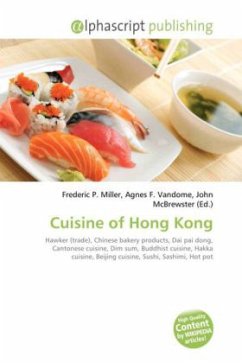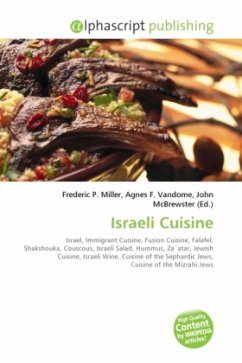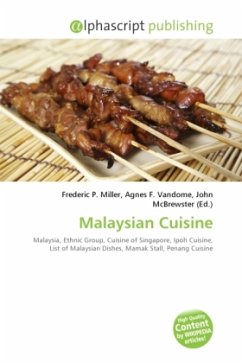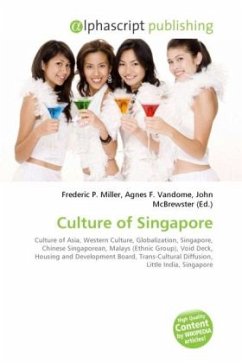The cuisine of Singapore is often viewed by people as a prime example of the ethnic diversity of the culture of Singapore. The food is heavily influenced by Malay, Chinese, Indonesian, Indian and even Western traditions since the founding of Singapore by the British in the 1800s. The cuisine of Singapore is said to be similar to the diverse cuisine of Penang, Malaysia, as most of the foods in Singapore can also be found in the state of Penang. In Singaporean hawker stores, for example, chefs of Chinese ethnic background influenced by Indian culture might experiment with condiments and ingredients such as tamarind, turmeric and ghee, while a Tamil chef might serve a fried noodle dish. This phenomenon makes the cuisine of Singapore significantly rich and a cultural attraction. Most of the prepared food bought outside home is eaten at hawker centres or food courts, examples of which include Lau Pa Sat and Newton Food Centre, rather than at actual restaurants. These hawker centres are relatively abundant which leads to low prices; hence, encouraging a large consumer base.
Bitte wählen Sie Ihr Anliegen aus.
Rechnungen
Retourenschein anfordern
Bestellstatus
Storno








